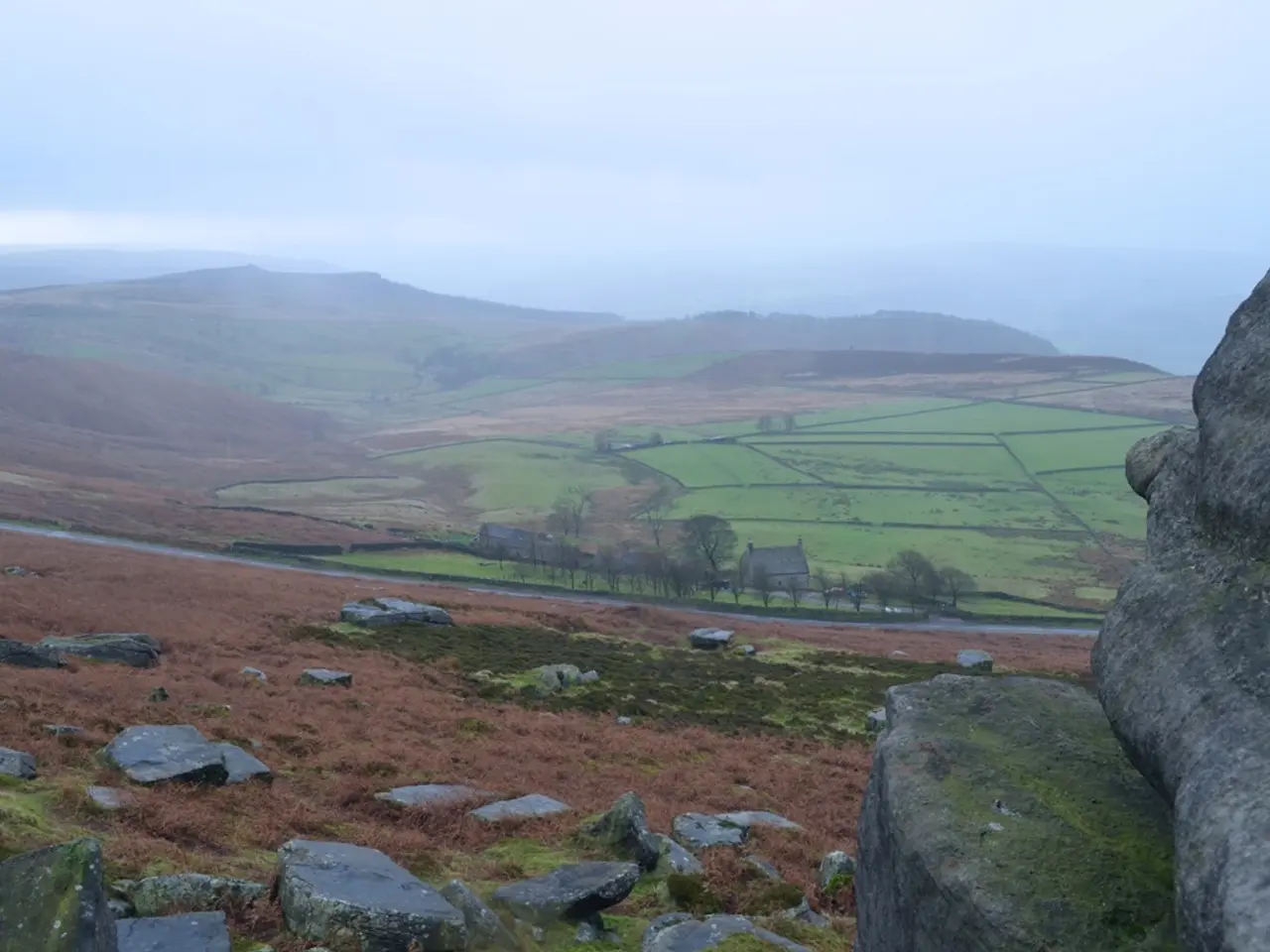Yearning for the Arid Lands
In the southern tip of Morocco lies the desert city of Dakhla, a destination that draws travellers seeking solace and connection to the works of Antoine de Saint-Exupéry and his beloved character, the Little Prince. This journey, however, is not just a quest for a city or an oyster, but also a exploration of deserts and their profound impact on our lives.
Recent research by the Senckenberg Institute for Biodiversity and Climate Research, Germany, has shed light on the global significance of deserts. Contrary to popular belief, only 20% of deserts are covered in sand. The largest desert, in fact, is Antarctica, covering a staggering 14 million square kilometres.
The Sahara, the world's third-largest desert, is a testament to the diverse landscapes that deserts encompass. From shallow, seasonally inundated basins to large sand seas, the Sahara's geography is a tapestry of varied landforms. Its elevation ranges from the towering Mount Koussi (3,415 meters) to the low Qattara Depression (133 meters below sea level).
Deserts, however, are not just geographical wonders. They also present a harsh and isolating environment, evoking a sense of desolation and emptiness. The Arabic root of the word Sahara implies a "desertlike" quality and a reddish barren landscape, reflecting the psychological association with harshness and isolation.
The extreme temperature ranges, with daytime temperatures reaching up to 50°C and nighttime temperatures sometimes falling below 0°C, and the scarce water resources, create a challenging environment for life. Yet, deserts are home to unique plant and animal species adapted to these harsh conditions.
The psychological pressures imposed by deserts also shape human adaptive mechanisms. The advent of technologies that think and speak in place of humans has led to the concept of a "desert of thought," a metaphorical expanse of silence and emptiness.
As we delve deeper into the world of deserts, we find that they are not confined to the geographical map. Certain regions of the world are desertifying at an alarming rate, primarily due to deforestation, daily needs of populations, and climate change. The loss of natural forests is not just a tropical phenomenon but affects boreal regions as well, with Canada losing 177,000 square kilometres of natural forests for the needs of the American and Chinese markets in wood and minerals.
In our modern lives, we often seek refuge in the silence, vastness, infinity, and danger that deserts represent, a respite from the chaos of orange flames, chainsaws, power ties, drones, missiles, and assault vehicles. The author's journey to Dakhla is not just a physical one, but a journey into the heart of deserts, a quest for understanding the psychological aspects of these arid landscapes and our connection to them.
This is the first instalment of a six-part series about deserts, a journey that promises to unravel the mysteries of these vast, silent expanses. In the coming articles, we will explore the psychological aspects of deserts, the cultural significance of deserts in literature and art, and the urgent need for conservation and sustainability in the face of desertification.
[1] Geographical features of deserts: https://www.britannica.com/place/desert [2] Climate and environment of deserts: https://www.britannica.com/science/desert/Climate [3] Biodiversity in deserts: https://www.britannica.com/science/desert/Plant-and-animal-life [4] Salah Stétié's book: Refraction of the Desert and Desire [5] Eric Sadin's book: The desert of ourselves [6] Book: Dear Parents: The Misery of the (New) Rich [7] Elon Musk's political party: The Party of America [8] The state of Donald Trump's popularity in key states [9] The issue of detainees in total isolation in US prisons [10] The loss of natural forests in Canada [11] Certain regions of the world are desertifying at an alarming rate [12] The psychological aspects of deserts, including affective desert, social isolation, and the desert of illness and mourning.
Despite the geographical awe of deserts, such as the Sahara with its diverse landscapes and extreme temperature ranges, they also signify psychological associations with harshness and isolation that resonate in our modern lives. In our pursuits of solace from the chaos of contemporary society, many seek refuge in the deserts' silent expanses, reflecting the "desert of thought" metaphor for mental quietude. This coming series will delve into the psychological aspects, cultural significance, and urgent need for desert conservation, connecting both our environments and lifestyles to these vast, arid landscapes.




